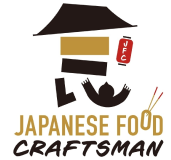To our customers in the US: From Aug 29, 2025, new U.S. customs rules may cause longer delivery times, and all orders from Japan will require higher import fees (often US $80–$200 or up to 50%) to be paid by the customer upon delivery.
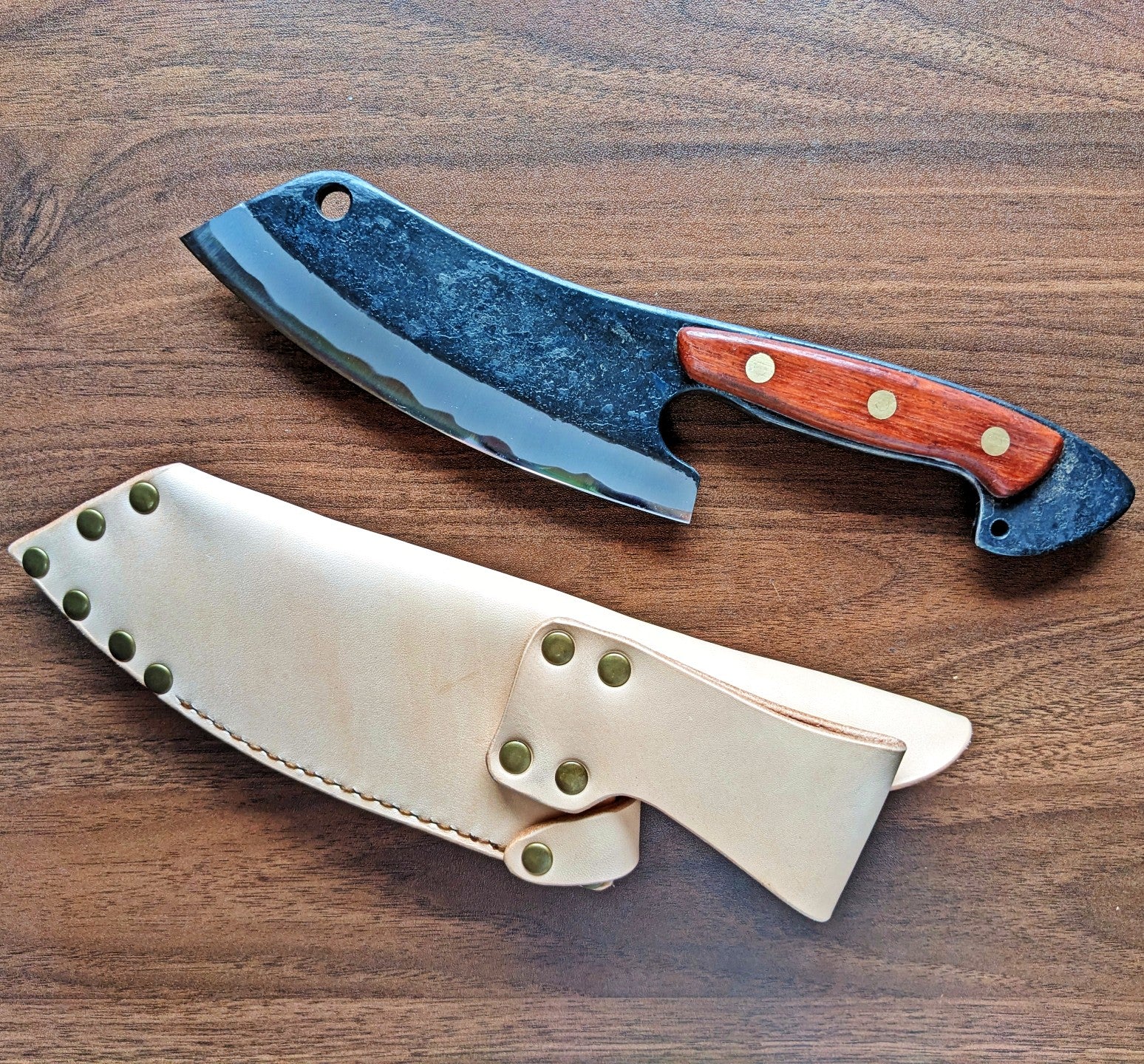

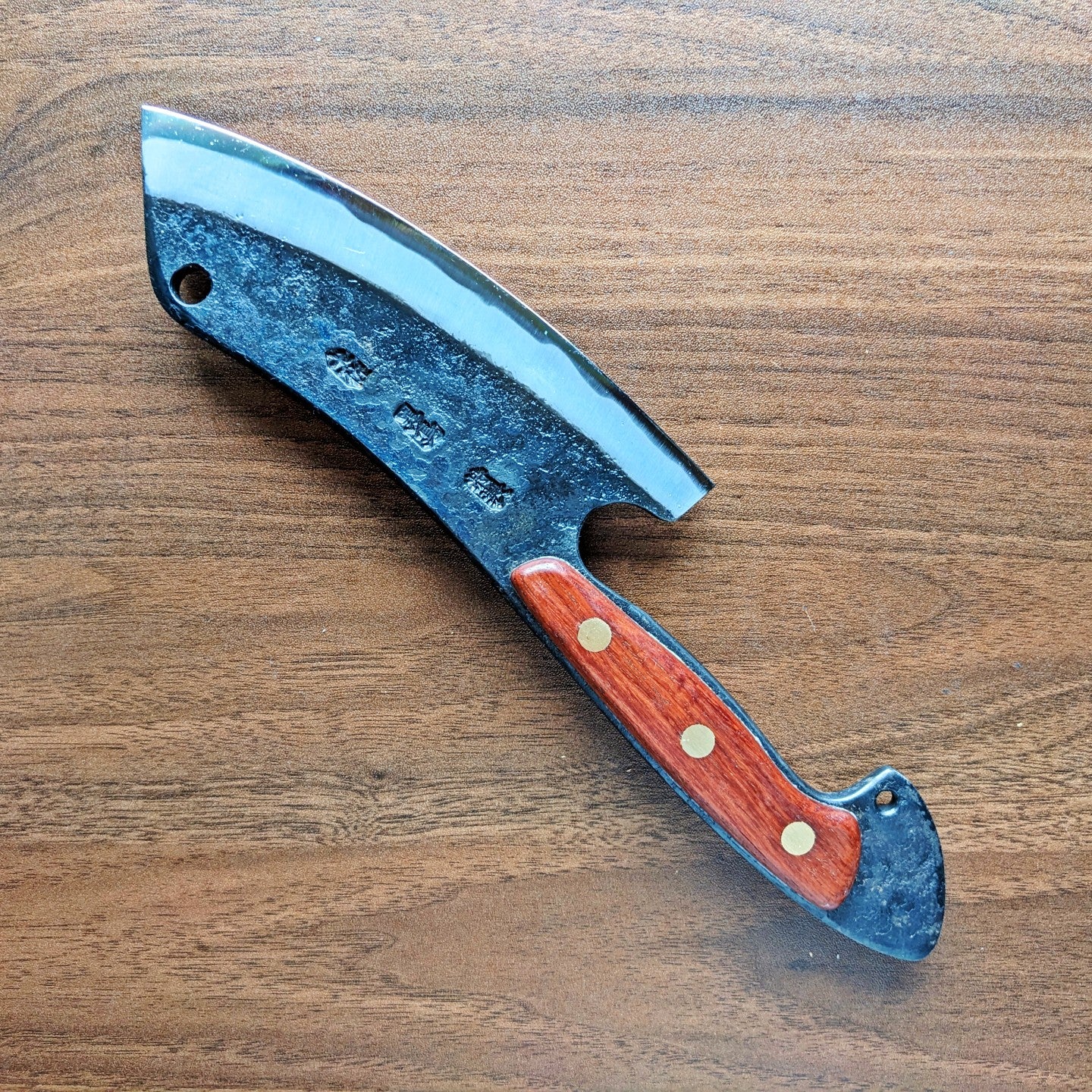

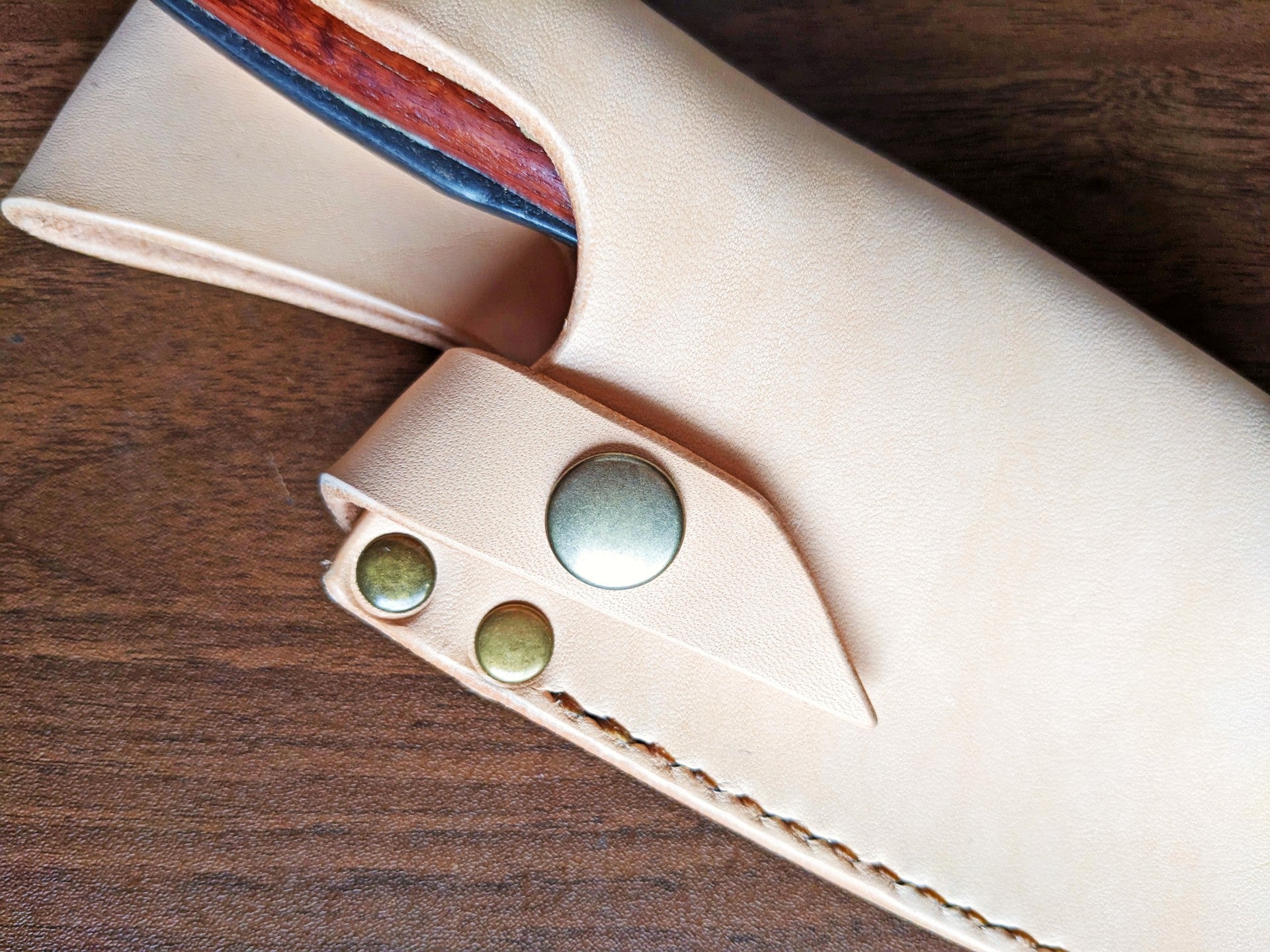

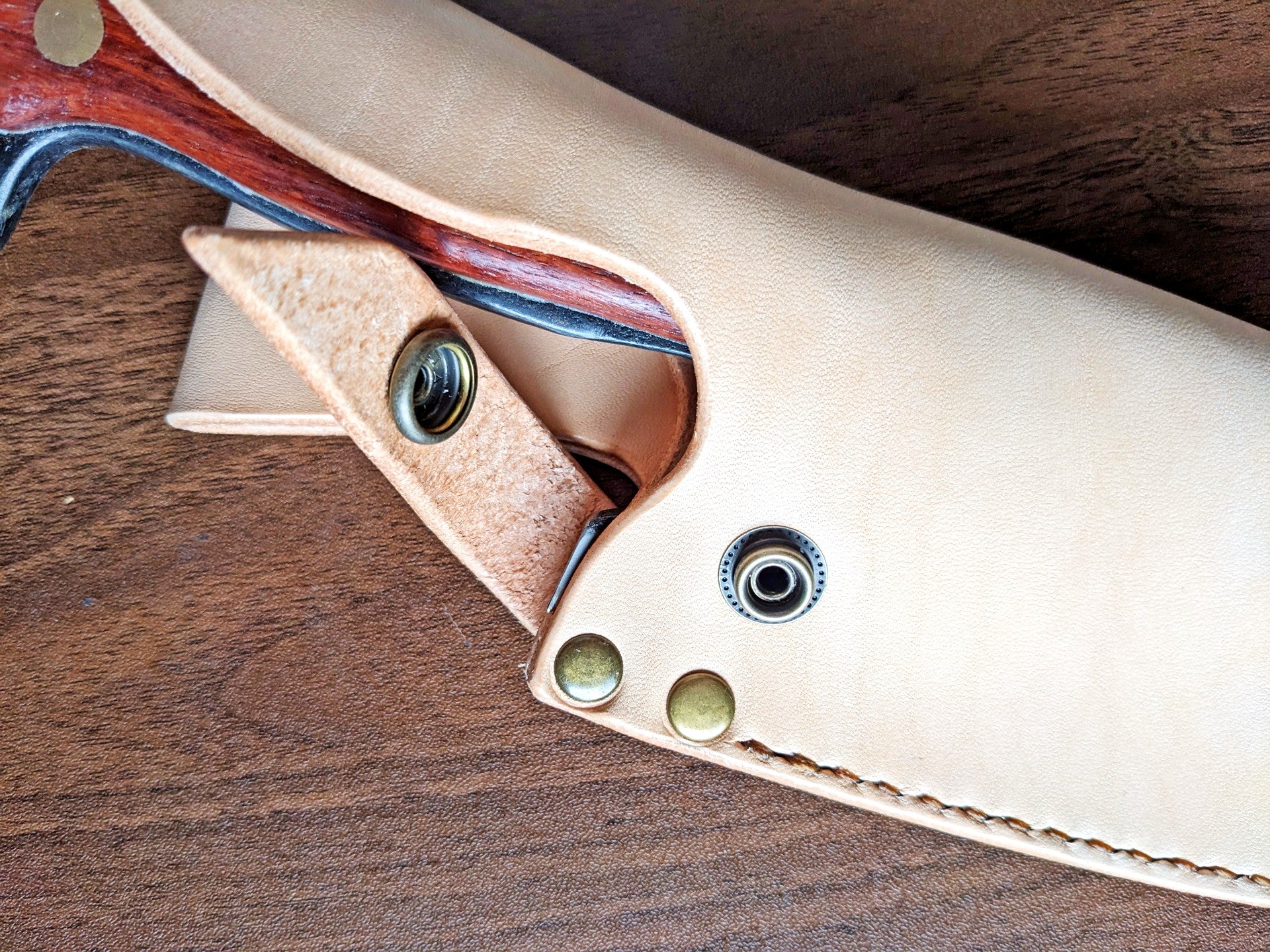

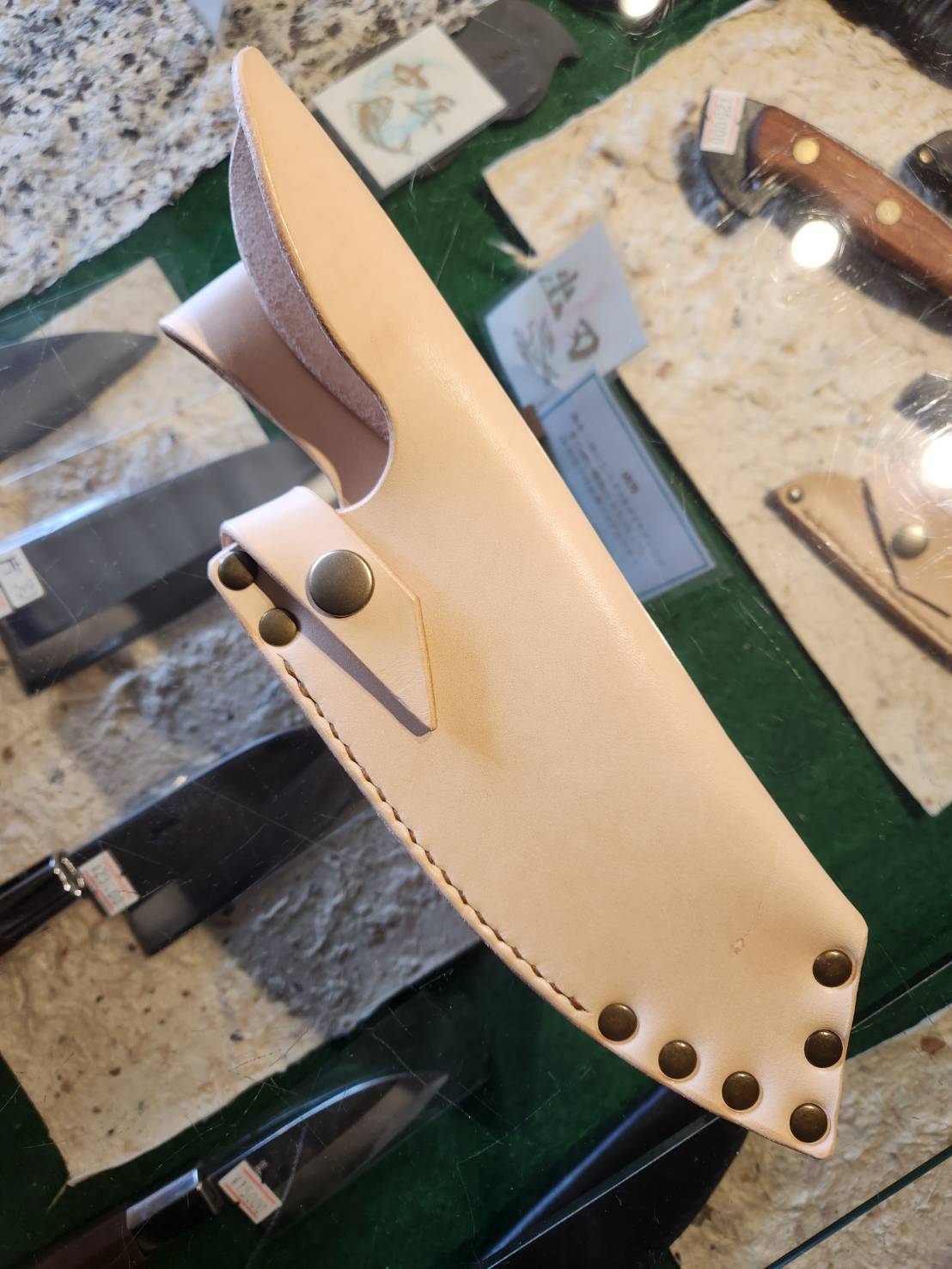



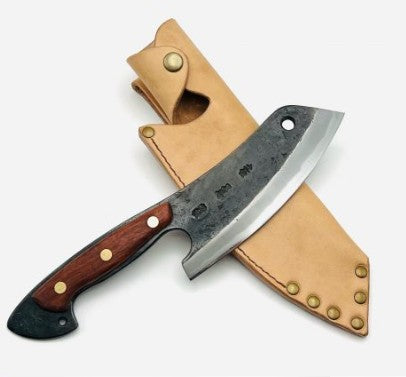















Kurotori Butcher Knife
Ships in approx. 2 months
Kurotori Blacksmith's outdoor butcher knife, meticulously handcrafted for effortless precision. Comes with a fitted leather sheath.
Blade material: Aogami No. 2 steel and iron
Handle: Pear wood
Size: total length 290mm, blade length 180mm, back width approx. 8mm, weight 550g
*It will take the craftsmen approximately 2 months to craft your knife from the time that your order is received. Please allow an additional 4-6 weeks for international shipping.
Price Includes:
- Kurotori Butcher Knife
- Leather Sheath
- FREE WORLDWIDE SHIPPING
*Depending on the number of orders and smithy availability, it can occasionally take up to 3 weeks for your knife to ship.
*Depending on the value of your order and local import rules in your country, you may be required to pay additional import taxes when your package arrives.
From Tosa’s Mountains to the Maker’s Bench: The Work of Kurotori
AS FEATURED ON YOUTUBE
Watch how a Kurotori blade takes shape, 150 years of Shimanto craftsmanship forged for everyday precision and use.
OVERVIEW
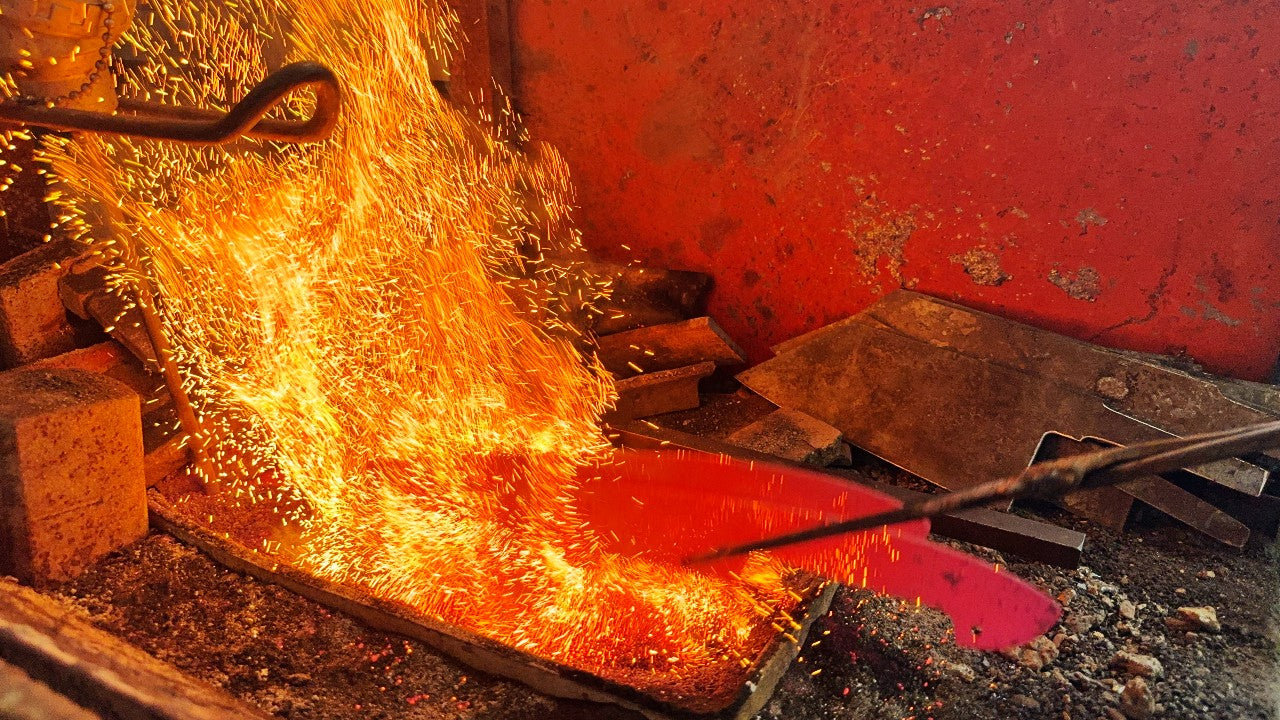
Kurotori is a family-run forge based in Shimanto Town, Kochi Prefecture, with roots tracing back over 150 years. The lineage began in Kurotori Village, Aki District, where the Kawashima family were once renowned blacksmiths in the region. After the main Kawashima line ended without an heir in the early Meiji period, the forge’s top disciples carried on its legacy. The third disciple, Heiji Kajiwara, moved to Higashimata (now part of Shimanto Town) and established the Kurotori forge as a new branch.
Now led by the fourth generation, Kurotori continues to make blades for everyday use, grounded in the needs of local people. Originally focused on forest and agricultural tools such as sickles, hatchets, and pruning blades, the forge now also produces kitchen knives and stainless steel tools while maintaining its commitment to practical design and handcraftsmanship.
PHILOSOPHY AND PROCESS
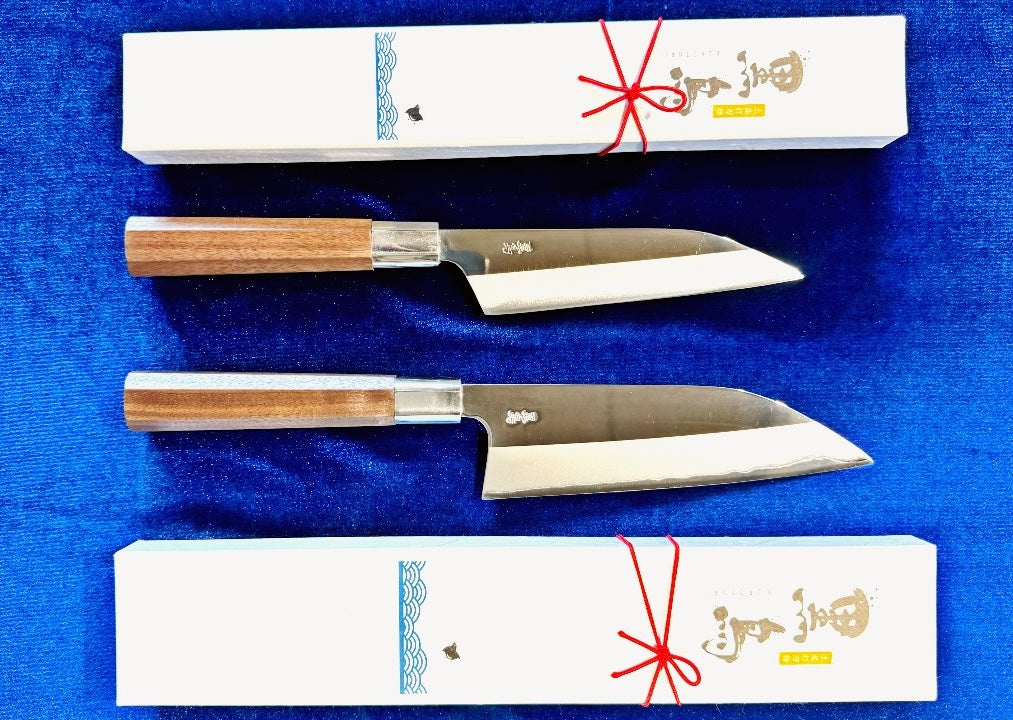
Made in Tosa, Built for Work
Kurotori is part of the Tosa uchihamono tradition, which refers to the hand-forged blades of Kochi Prefecture. These blades are made by layering iron and steel, shaped freely without reliance on molds or mass-production forms. This method allows each tool to be adapted in size, shape, balance, and cutting profile to fit the specific needs of the user.
The forge’s historical focus on forestry tools has influenced the durability and cutting precision of every product they make. Whether creating a traditional sickle or a modern stainless petty knife, the goal remains the same: to deliver long-lasting performance through proven techniques.
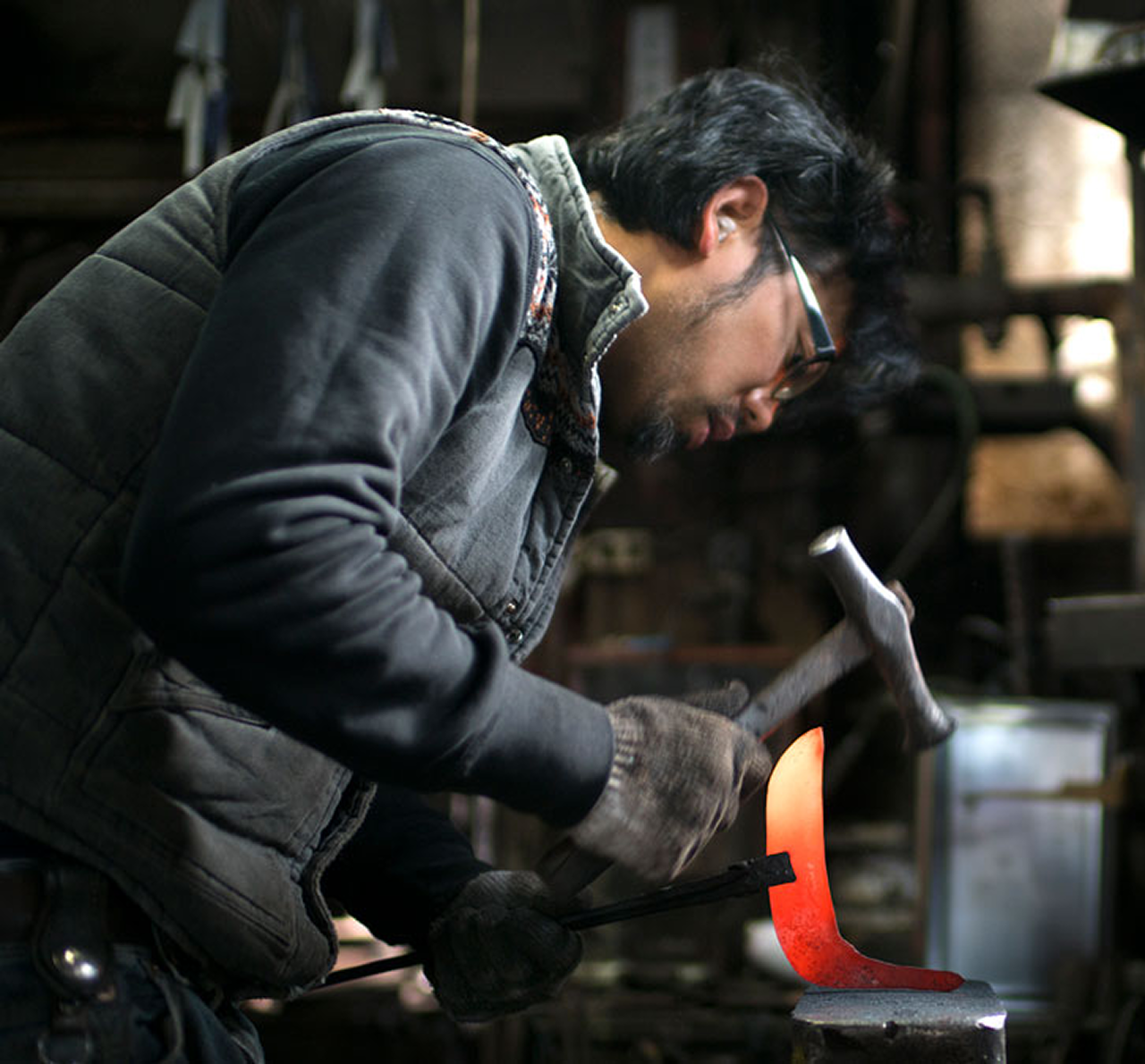
A Forge That Listens
Kurotori places user needs at the heart of its craft, responding directly to feedback from farmers, foresters, chefs, and tradespeople. Blade shape, weight, handle design, and cutting angles are all adjusted based on real-world use, not trends or production goals. Founded over 150 years ago in Kochi, the smithy was revived by Hiroshi Kajihara, the youngest son of the Kajiwara family, who now works with four apprentices to continue the tradition.
The team supports each other while preserving both the local community and the legacy of the forge. Customers can visit the workshop, request modifications, or commission custom tools. New product development includes collaborations with designers, resulting in knives that blend traditional techniques with modern aesthetics. Each knife, including their signature stainless series with a mirror finish, is built for utility and tested for professional performance.
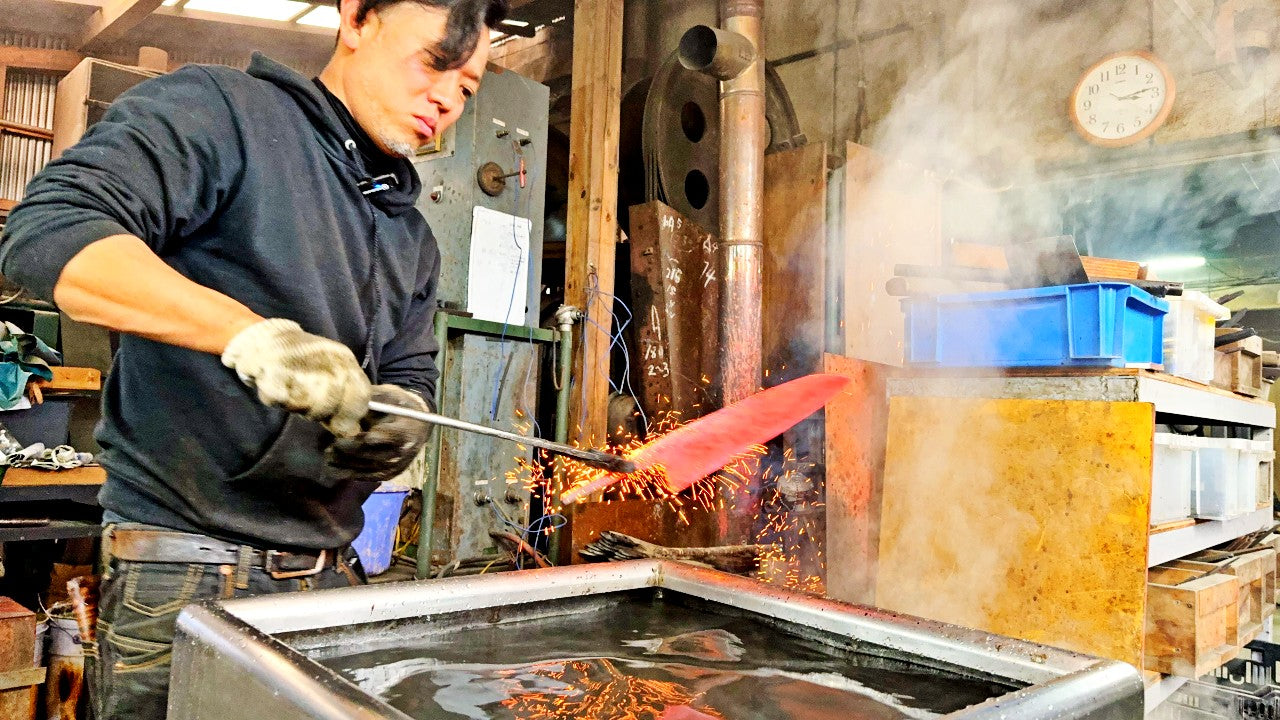
Seven Steps to a Kurotori Blade
- Material Selection: High-carbon, stainless, or specialty steels are chosen to suit the blade’s intended use.
- Forging: The steel is hammered into its basic shape and thickness.
- Rough Grinding: The profile and structure of the blade are formed.
- Heat Treatment: The blade is annealed, hardened, and tempered to achieve durability and edge stability.
- Water Grinding: The edge is sharpened under cooling to protect the hardened steel.
- Final Edge Finishing: The blade is honed, burrs removed, and sharpness tested by cutting paper or newspaper.
- Handle Fitting: A custom handle is attached and adjusted for comfort and balance.
MESSAGE FROM THE MAKERS
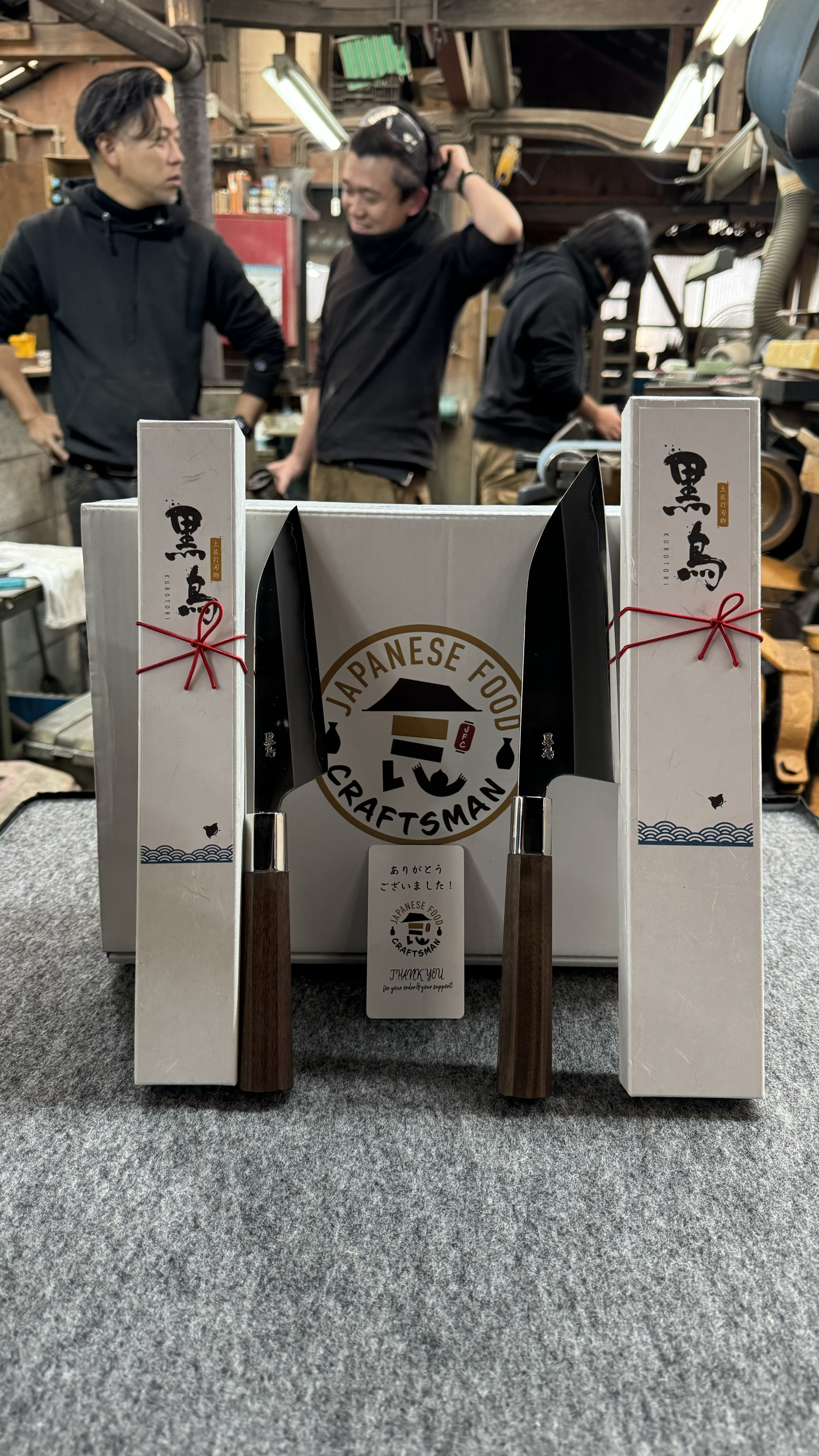
We are Kurotori, a forge built on everyday needs and generational craft. Our tools are not made for display but for real use in forests, fields, and kitchens. We shape each blade by hand, with care and focus, because we believe tools should last and serve well. As our family continues this work, we remain committed to evolving alongside the people who use our blades.
How to Sharpen your knife
Caring for your knife will make it last you for decades. After use, wash it with clean hot water, dry it off thoroughly, and place it in newspaper to prevent rusting. Check out the video below for more information on how to sharpen your knife with a sharpening stone, and how to store it safely.
